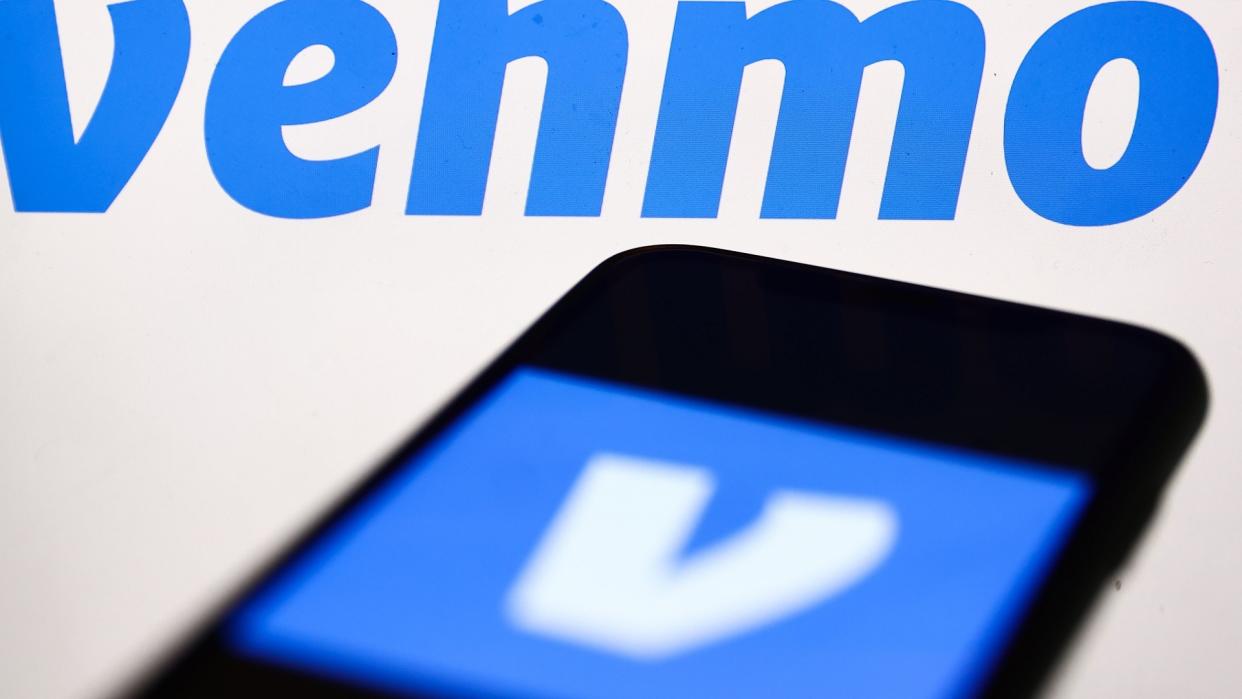To Venmo or Not to Venmo? What Are The Real Differences Between Money Transfer Apps

Peer-to-peer — or person-to-person — payment app usage continues growing at a rapid pace. The worldwide number of transactions processed by PayPal increased by more than 12% between 2022 and 2024, with roughly 6.8 billion transactions in the fourth quarter of 2023 alone, according to Statista.
Check Out: 6 Reasons the Poor Stay Poor and Middle Class Doesn’t Become Wealthy
Read Next: 5 Genius Things All Wealthy People Do With Their Money
Venmo, another payment processing app, which is owned by PayPal, is also expanding. More than 78 million people use the service, according to an article by DevTechnoSys.com. In fact, Venmo has grown so popular that you often hear the phrase, “I’ll Venmo you” amongst friends out to dinner, customers at street fairs talking to vendors, or even tenants paying rent to landlords.
Both PayPal and Venmo have options to accept payments for goods or services through the platforms, with buyer protection. Other apps, like CashApp and Zelle, are designed exclusively for “friends and family” transactions — although a Cash App Business account also exists to accept payments for your business.
Which is the best money transfer app to use? It depends on what you’re purchasing and who you’re paying.
1. PayPal: The Original P2P Payment Platform
When PayPal launched as Confinity in 1998, it was a first-of-its-kind service allowing people to easily transfer money between family and friends and for consumers to pay for goods and services online directly from their linked bank account or a credit card.
Today, other services have emerged with similar capabilities. What sets each of them apart are the fees and the additional capabilities.
When you’re sending money to family and friends using money in your PayPal account or a linked bank account, there are no fees. If you’re using a credit card to send money, you’ll pay a fixed fee of 30 cents in the U.S. plus 2.90% of the transaction.
PayPal is also compatible with Amex Send and Visa+-enabled digital wallets. Fees apply for non-Venmo Visa+ digital wallet transactions.
If you are a business owner using PayPal to receive money, you’ll pay a fee of 2.99%.
You can transfer money instantly from your PayPal account to a linked bank account or debit card for a 1.75% fee, with a minimum fee of 25 cents and a maximum fee of $25. If you don’t mind waiting one to three business days for the money to be available, you can process a free transfer.
PayPal offers a host of other capabilities for businesses and individuals alike. Some of the features include:
High-yield savings account
Invoicing capabilities
PayPal Checkout for e-commerce websites
Buy and sell crypto
Debit card
Credit card
Pay in 4 “buy now, pay later” option
2. Venmo: Fun and Easy to Use for Online Purchases, Splitting Bills, and More
Although PayPal is arguably the most well-known and also the most widely used P2P payment platform, Venmo has grown in popularity in recent years. Venmo fees are similar to PayPal, with free transfers between family and friends unless you are using a linked credit card. Then you will pay a 3% transaction fee.
Venmo lets you create “Groups” of friends to split costs for anything from dinner to a vacation or even household expenses like rent and groceries. Venmo has a social element, as well. You can share information about your transactions, such as who you paid and what it was for, within the app. You can even use fun emojis.
Like PayPal, Venmo has a debit card. You can also buy and sell cryptocurrency within the app.
3. Cash App
Cash App is a financial services platform that can act as a bank account, with a customized debit card that users can create with their own drawings or emojis they choose. You can send and receive money, stocks, or Bitcoin, enjoy fee-free banking, and also send money to friends and family using the app.
The Cash App savings account delivers up to 4.5% APY. Unlike PayPal and Venmo, there are never any fees to send or receive funds or to transfer money into a linked bank account. Most transfers take place instantly.
Since it functions like a bank account, Cash App offers more features than PayPal or Venmo. You can open a Cash App account as young as age 13, making the app a great way to begin teaching teenagers about money management.
4. Zelle
Compared to the other payment platforms, Zelle is the simplest and most straightforward. However, it lacks added features. Zelle offers an easy way to send money from one bank account to another. You can access Zelle through your online banking app or through the Zelle app.
Since Zelle payments go directly into your bank account or onto your linked debit card immediately, you don’t have to transfer funds. There are no fees to send or receive money. Be aware that although you can use the Zelle app with any Visa or Mastercard debit card, at least one person involved in the transaction must have a bank in the Zelle Network.
Final Note
It’s important to acknowledge that each of these apps uses encryption and the highest levels of security to protect your money and your data.
Check Out: How Much Does the Average Middle-Class Person Have in Savings?
If you’re sending money to strangers, always be sure to use the “goods and services” feature on PayPal or Venmo. Zelle is not designed for business purchases and should only be used for transfers between friends and family. Cash App has a business account option; if you are purchasing goods or services, make sure you are paying a business account, and not a personal Cash App account.
More From GOBankingRates
This article originally appeared on GOBankingRates.com: To Venmo or Not to Venmo? What Are The Real Differences Between Money Transfer Apps
